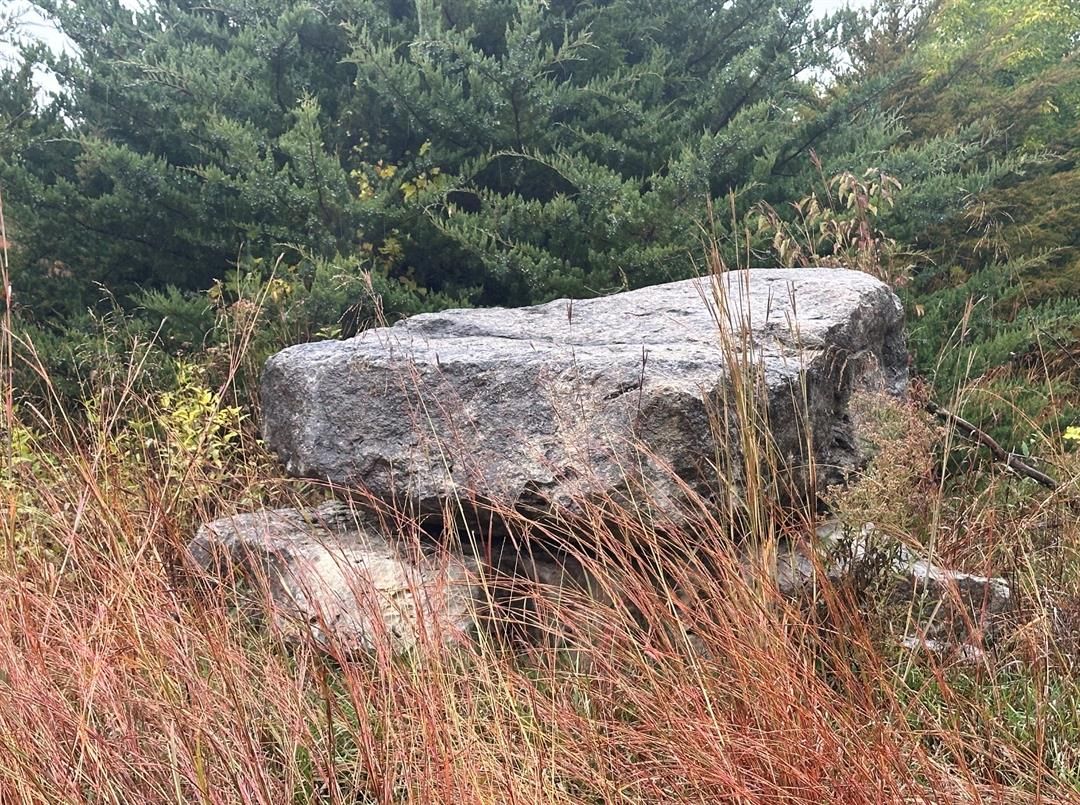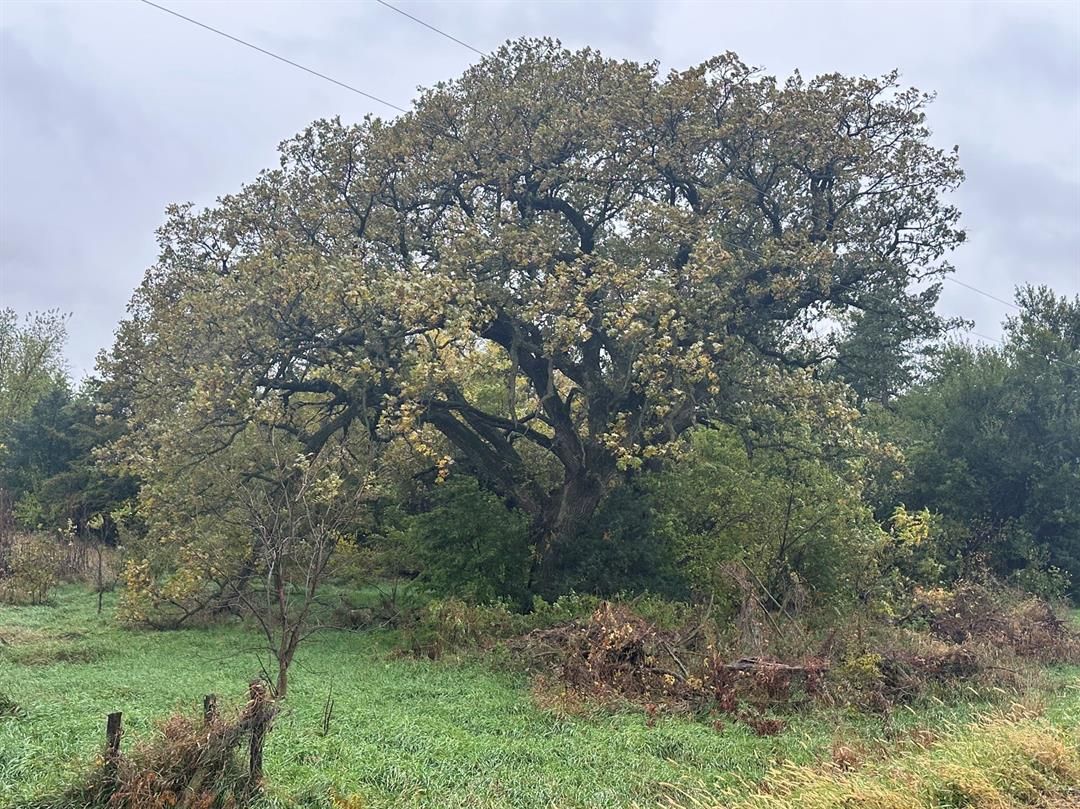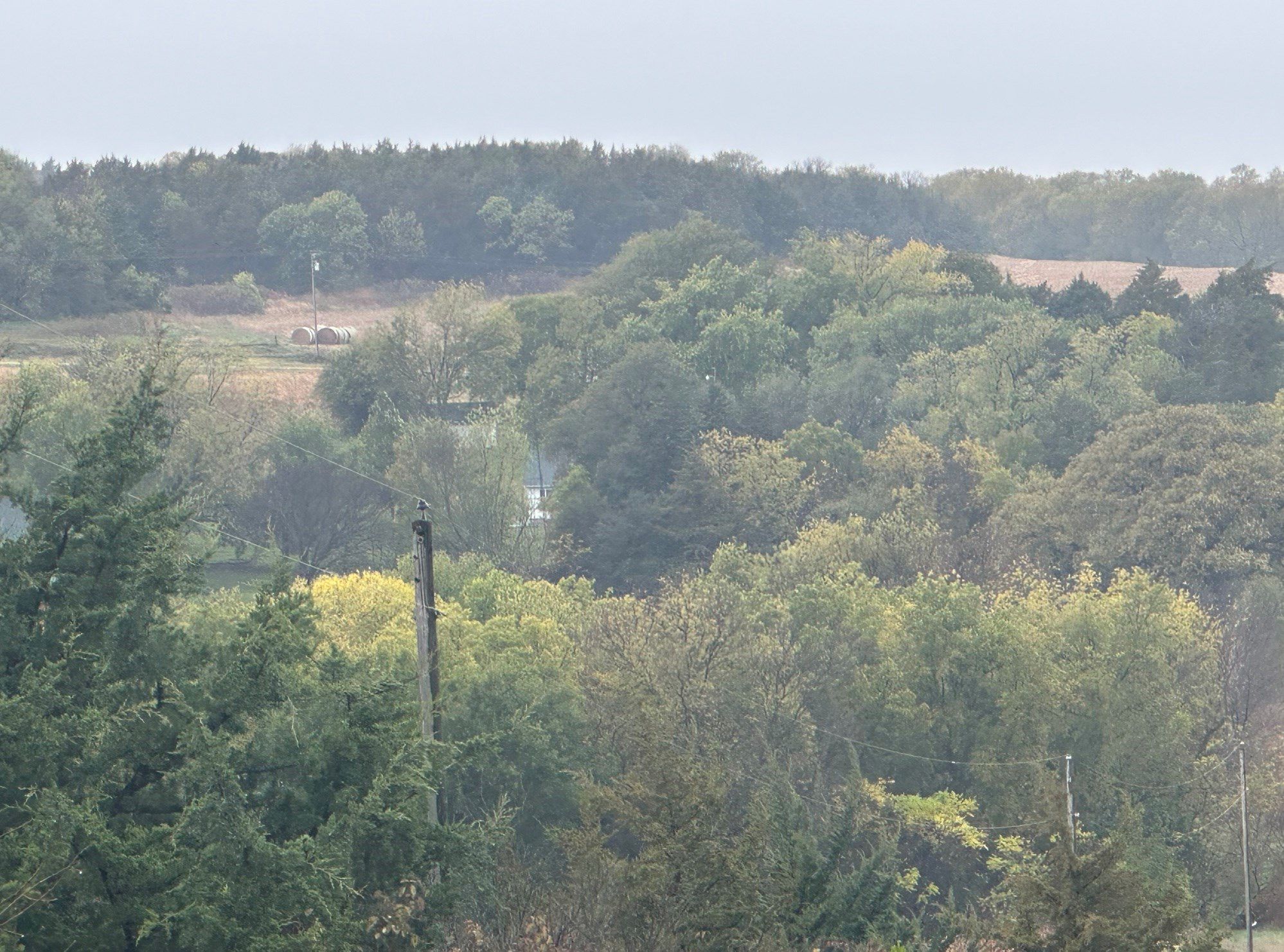Nella Aldrich Stoddard Farm nominated for National Register of Historic Places

CLIFTON - The Nebraska State Historical Society has approved the nomination of the Nella Aldrich Stoddard Farm in Nemaha County to the National Register of Historic Places.
The farm is regarded as instructive for the evolution of rural life from pioneer subsistence in the 1880s to rural electrification in the 1930s, when Nella celebrated her 80th birthday.
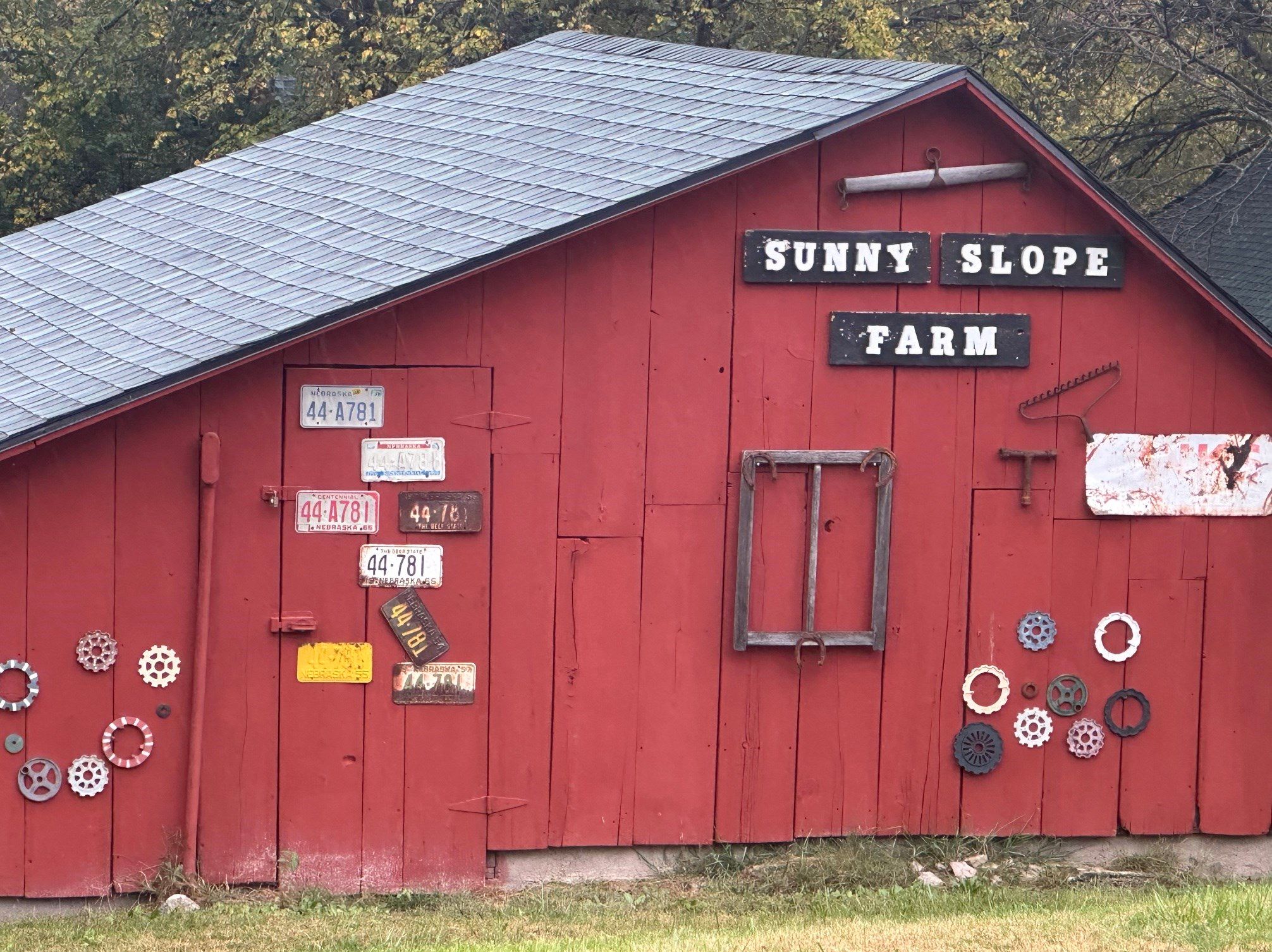
She was a child when her parents, Benton and Martha Aldrich arrived in Nebraska with a two-wheel cart drawn by a cow. They lined a dugout with limestone and lived there until a frame house was built in 1889.
They called the area, which also contains Coryell Park, Clifton because of the rocky geography and sweeping walls of earth that swelled high above the farm.
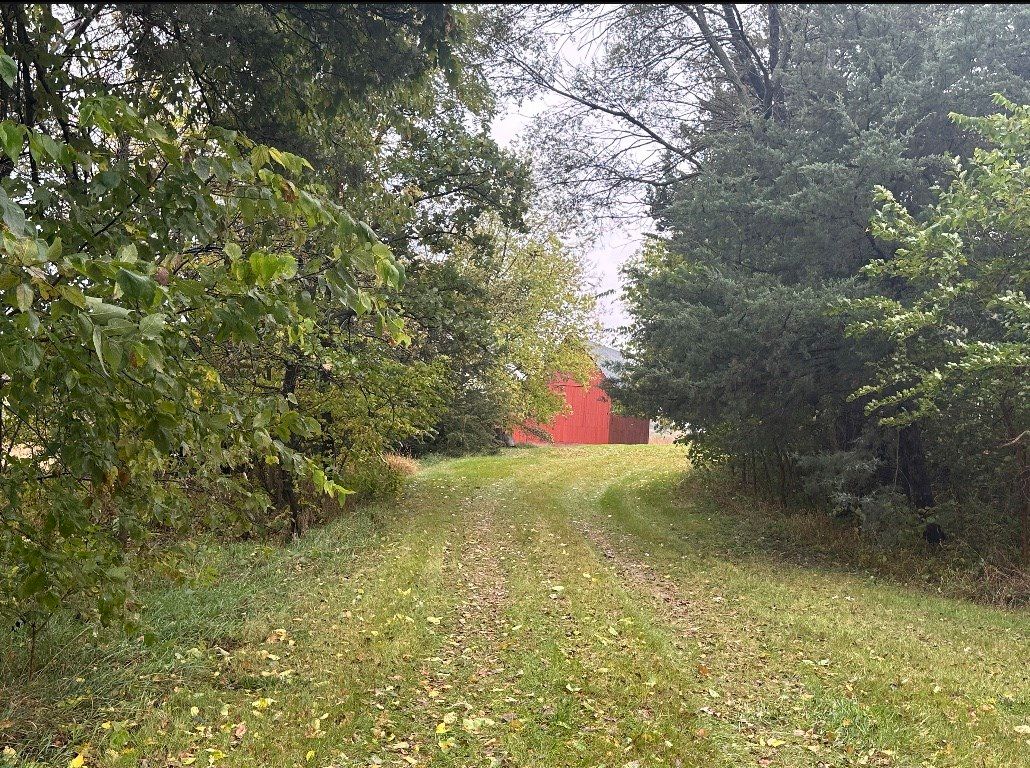
Benton Aldrich, an outspoken supporter of evolution, was known to be friends with J. Sterling Morton at Nebraska City, where raspberries and currants from his farm were taken to market. Aldrich himself was said to rarely leave the place and never to have come to the market.
For Aldrich, subsistence farming began with gathering wild plums and raspberries. The family learned to grow berries, multiple vegetable gardens and crops.
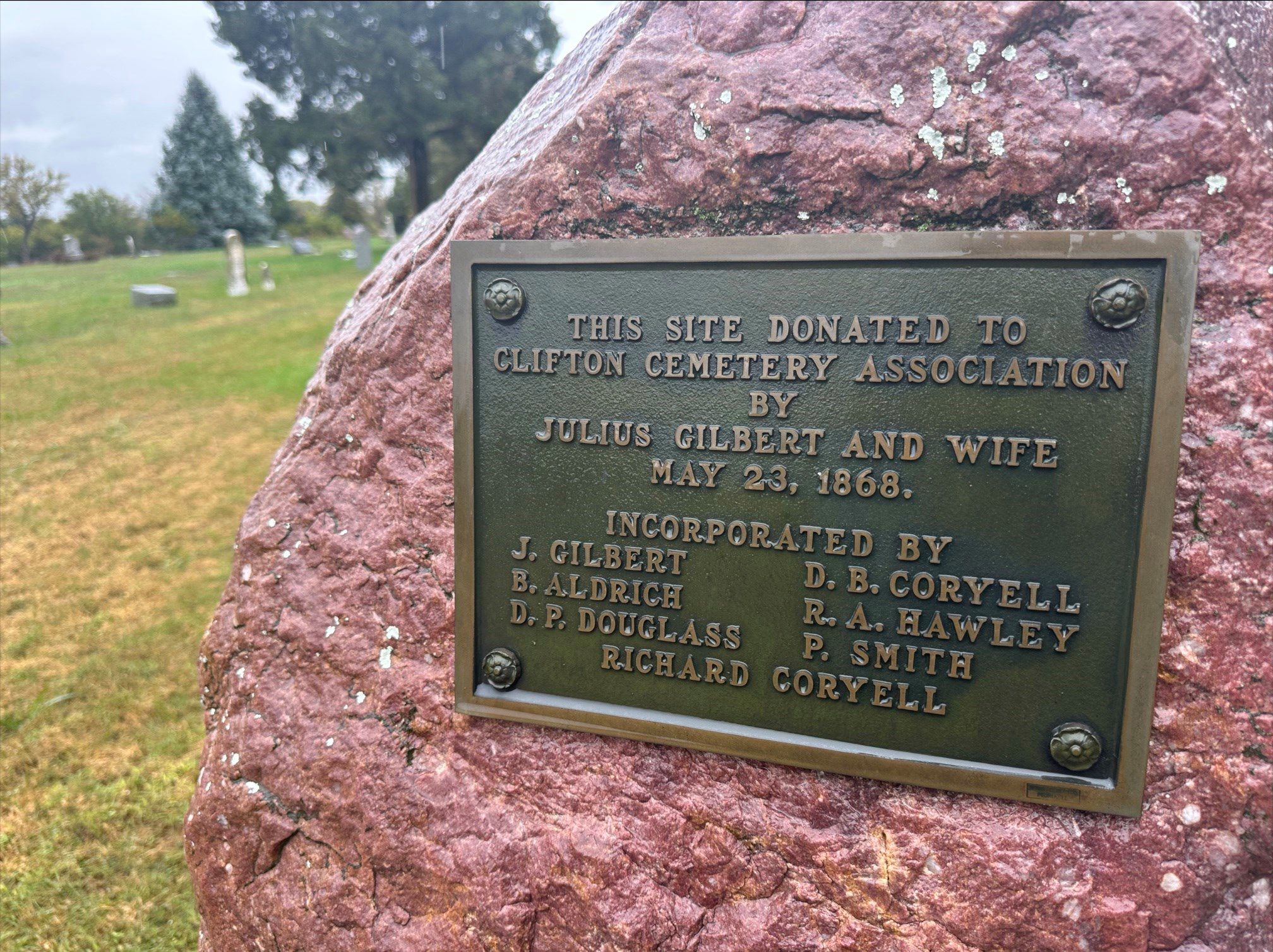
Former Gov. Robert Furnas mentioned Aldrich as a commercial grower of berries. He said the cultivation of blackberries and the Nebraska native black cap raspberry was satisfactory within two years of arriving in Nebraska in 1856.
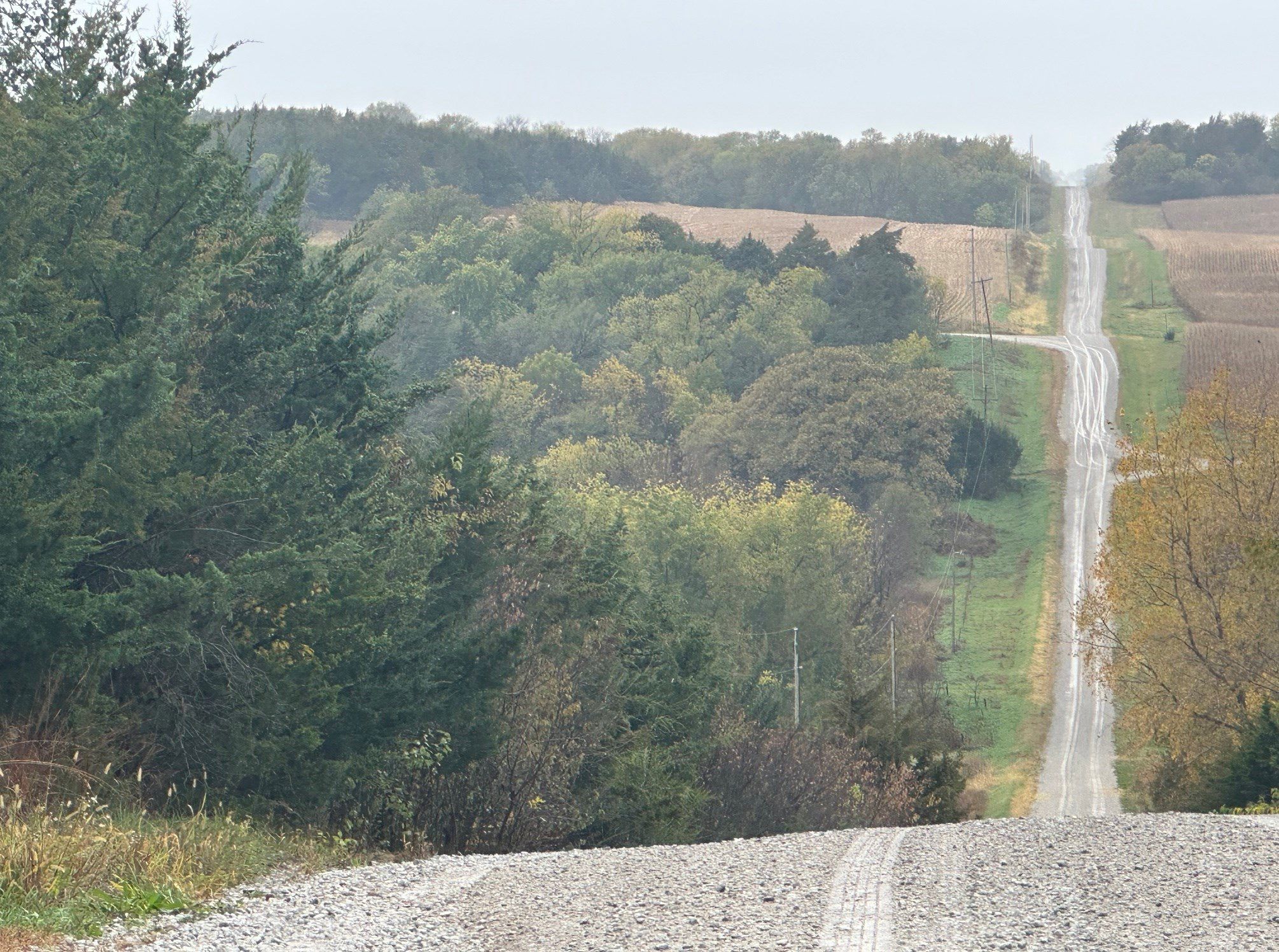
White Dutch, cherry, white grape, de Naples currants and gooseberries were said to be the most profitable.
The arrangement of trees, shrubbery and fields was considered a model for other properties in this section of the state.
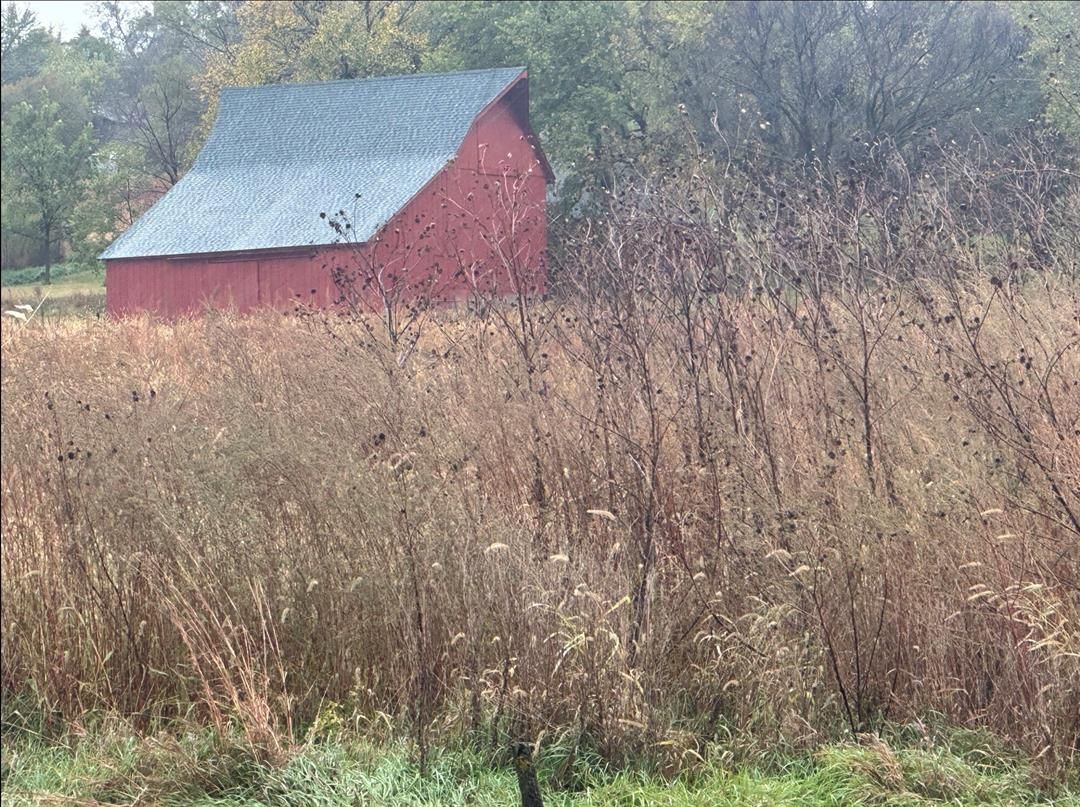
The evolution of rural life, which can still be seen today, included:
1911 – windmill
1916 – horse barn
1937 – Outhouse built under President Roosevelt’s Works Project Administration
1941 – hen house
